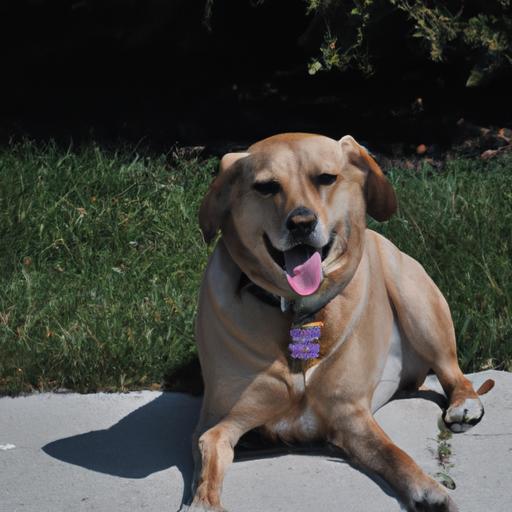
Canine Social Skills: Meeting Other Dogs
Learn the importance of Canine Social Skills: Meeting Other Dogs. Discover how to facilitate positive interactions and foster well-rounded socialization.
Introduction
When it comes to our furry friends, socialization plays a crucial role in their overall well-being. One vital aspect of socialization is their ability to interact with other dogs. Canine social skills are essential for fostering healthy relationships, preventing aggression, and ensuring a positive experience for both dogs and their owners. In this article, we will explore the significance of canine social skills and provide valuable insights on how to navigate the process of meeting other dogs.

Canine Social Skills: Meeting Other Dogs
Understanding the Significance
Dogs are social animals, and just like humans, they have a natural instinct to form connections with their own kind. Allowing dogs to meet and interact with each other provides them with a means to communicate, establish boundaries, and develop crucial social skills. These encounters facilitate the development of empathy, cooperation, and appropriate behavior in various social settings.
Factors Influencing Canine Social Skills Development
Several factors contribute to the development of a dog’s social skills. Early experiences and exposure to different environments and stimuli play a vital role. Puppies that have positive interactions with other dogs during their critical socialization period (between 3 and 14 weeks of age) tend to grow up with better social skills. However, it’s important to note that dogs of all ages can benefit from regular and controlled social interactions.
Body Language and Communication
Understanding canine body language is key to facilitating successful dog-to-dog interactions. Dogs communicate primarily through visual cues, vocalizations, and body postures. It’s crucial for owners to familiarize themselves with these cues to ensure their dog’s safety and comfort during meet-ups. Tail wagging, raised hackles, and ear position are just a few examples of the signals dogs use to convey their emotions and intentions.
FAQ about Canine Social Skills: Meeting Other Dogs
What should I do if my dog shows signs of aggression when meeting other dogs?
If your dog displays aggression during meet-ups, it’s important to prioritize safety and seek professional guidance. Ensure you have control over your dog by using a leash and consider muzzling if necessary. Consult a certified dog trainer or behaviorist to address the underlying causes of aggression and learn techniques to manage and modify your dog’s behavior.
How can I help my shy or anxious dog improve their social skills?
Shy or anxious dogs may require extra patience and gradual exposure to new experiences. Start by introducing your dog to calm and well-socialized dogs in controlled environments. Gradually increase the complexity of interactions as your dog gains confidence. Positive reinforcement training, such as rewarding calm behavior, can also be beneficial. Seek guidance from a professional to tailor an individualized plan for your dog’s specific needs.
Is it necessary for puppies to socialize with other dogs?
Yes, socializing puppies with other dogs is crucial for their development. Early positive experiences set the foundation for healthy social skills, reducing the likelihood of fear, aggression, and behavioral issues later in life. Puppy socialization classes, supervised playdates, and controlled introductions with friendly and vaccinated dogs are excellent ways to provide your puppy with opportunities for socialization.
What are some common mistakes to avoid when introducing dogs to each other?
When introducing dogs, it’s important to avoid rushing the process. Allow dogs to approach each other at their own pace, ensuring they have ample space to retreat if they feel overwhelmed. Avoid forcing interactions or placing dogs in situations that may trigger fear or aggression. Always supervise interactions and be prepared to intervene if necessary. Remember, each dog is unique, and patience is key.
Conclusion
Canine social skills are a vital aspect of a dog’s well-being, promoting positive interactions, preventing aggression, and fostering healthy relationships. By understanding the significance of dogs meeting each other, recognizing the factors that influence social skills development, and being attentive to body language and communication, we can create safe and enjoyable experiences for our furry companions. Remember, seeking professional guidance when needed and providing appropriate socialization opportunities will contribute to a well-rounded and socially adept dog. So, let’s embrace the importance of canine social skills and ensure our furry friends have the best chances to thrive in their interactions with other dogs.
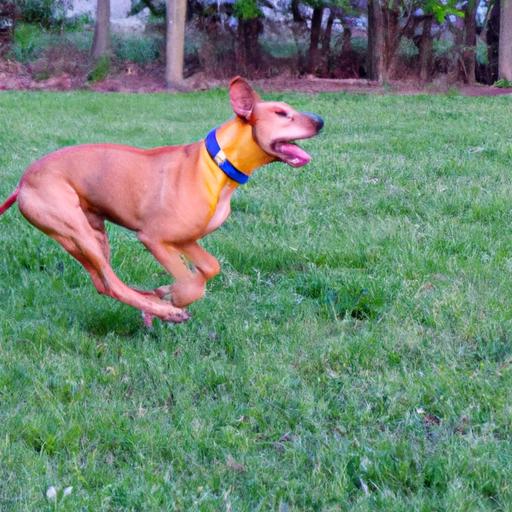

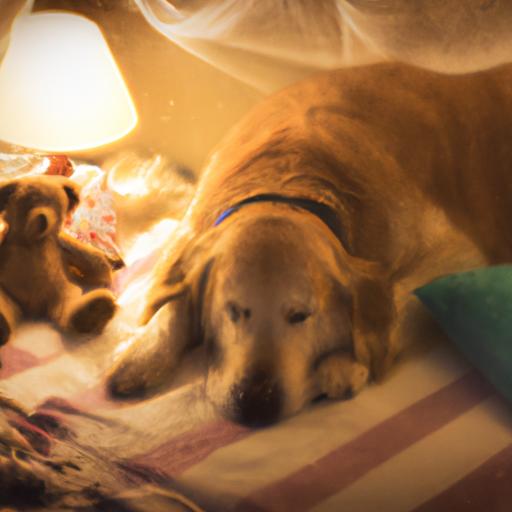
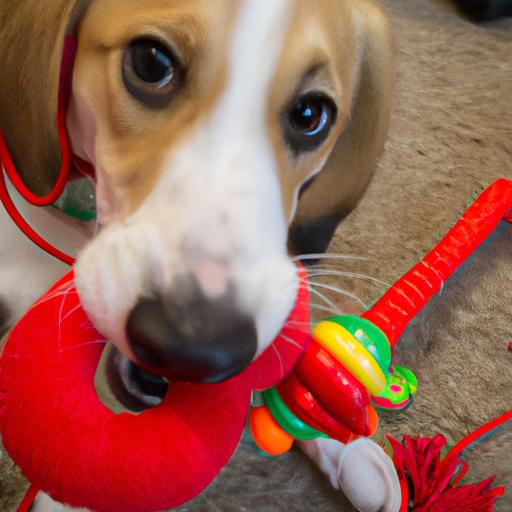
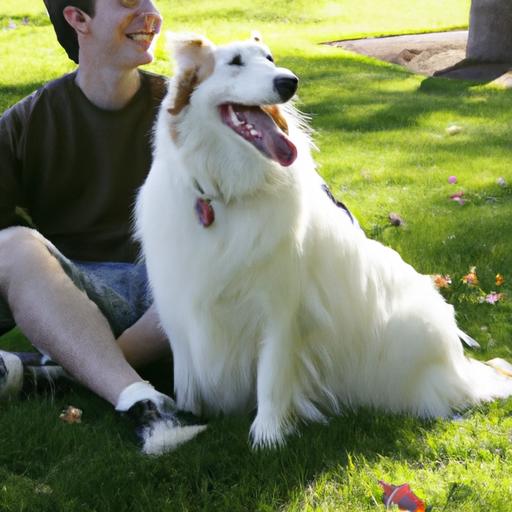
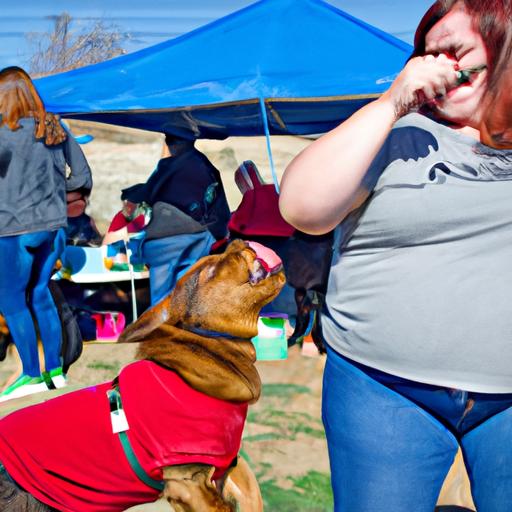
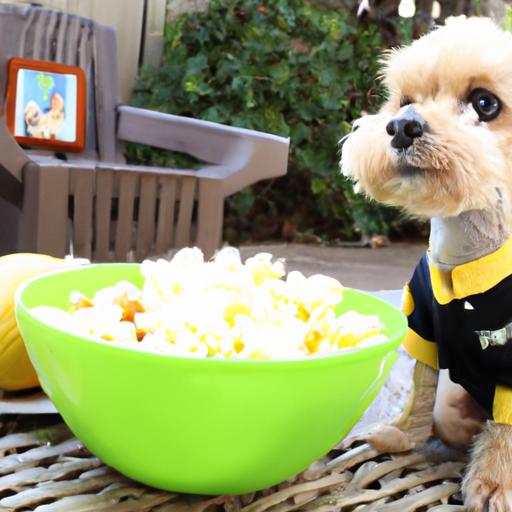
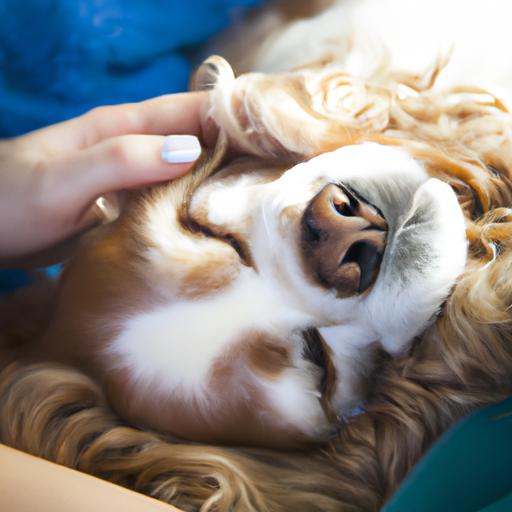


















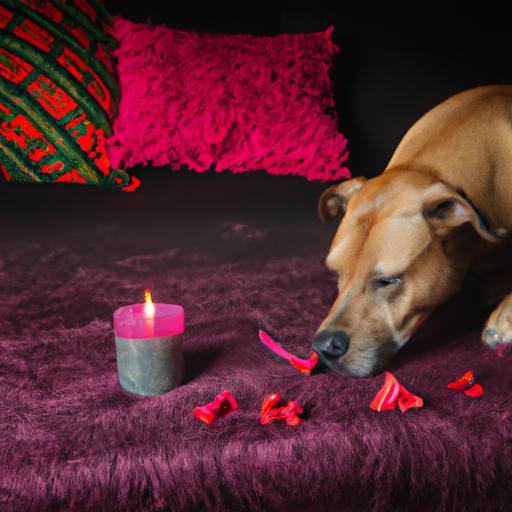
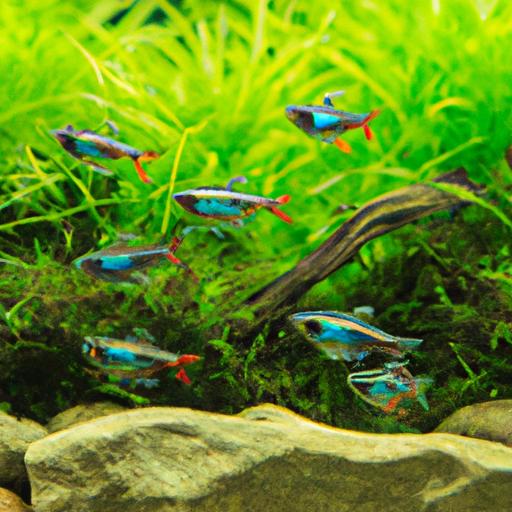

.jpg)
